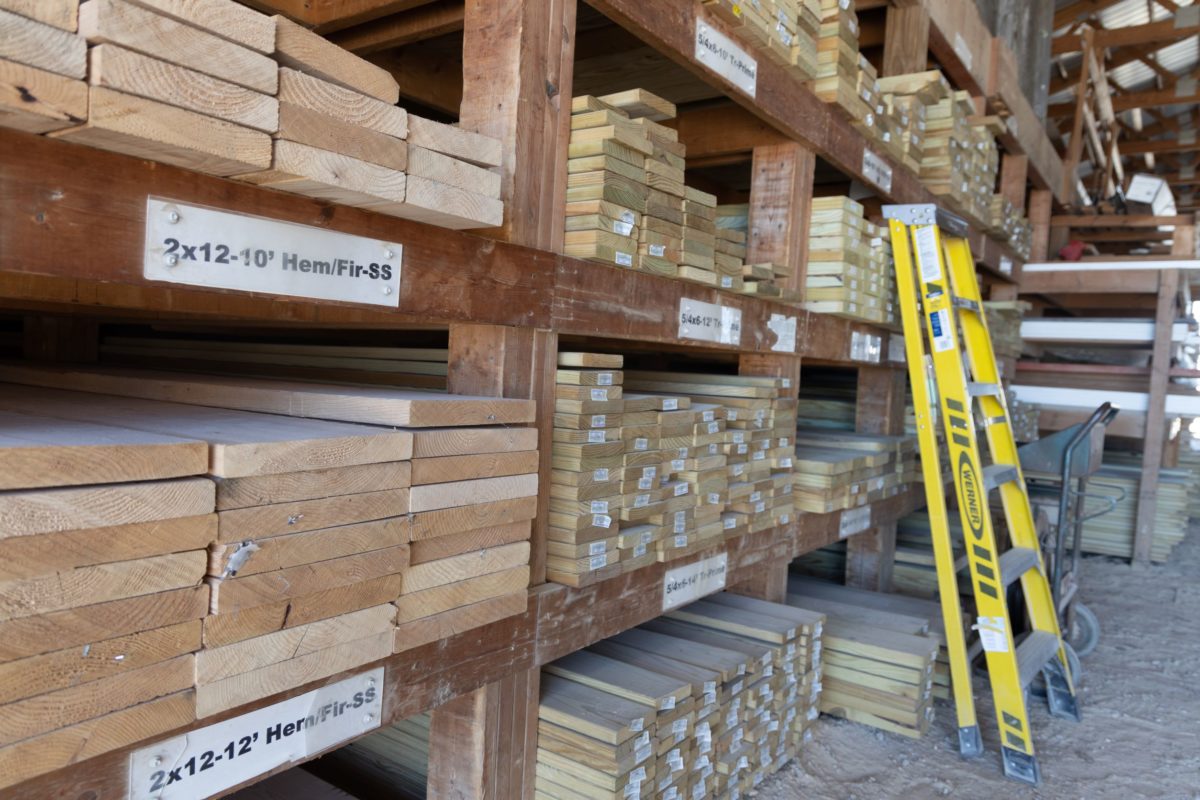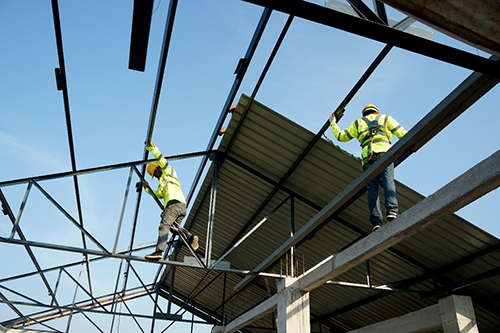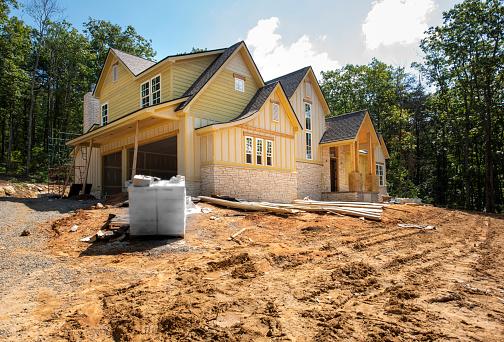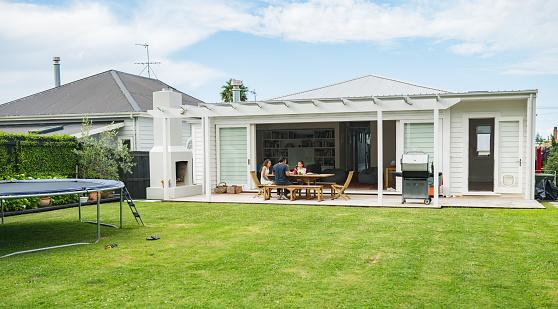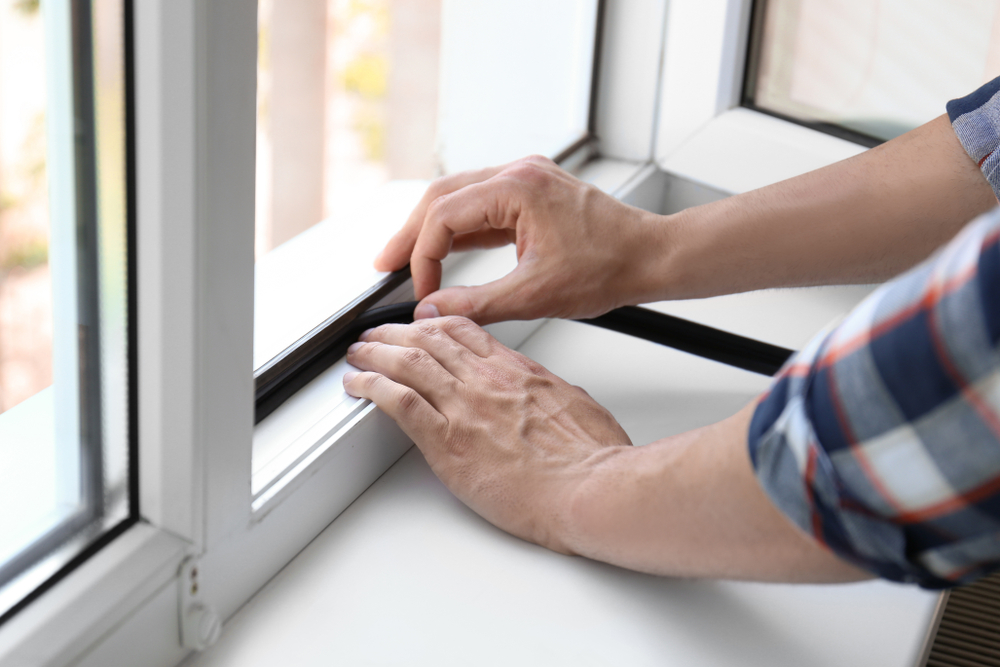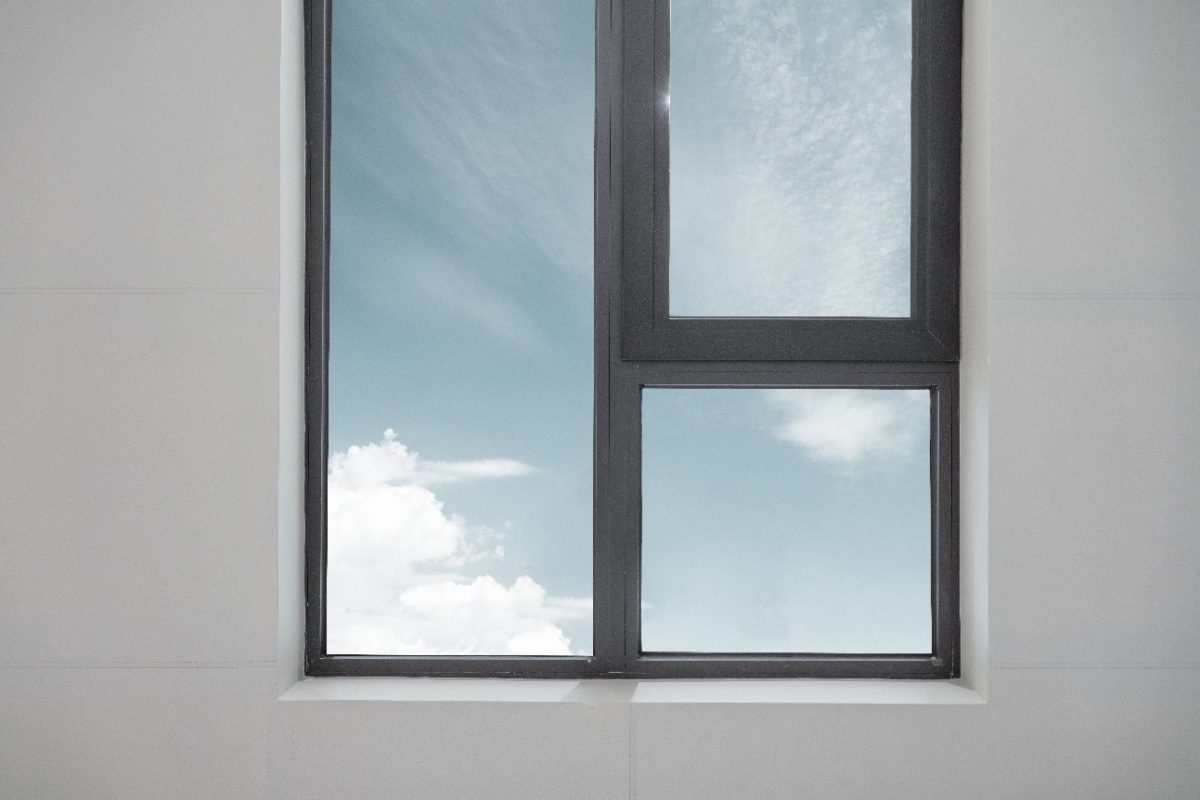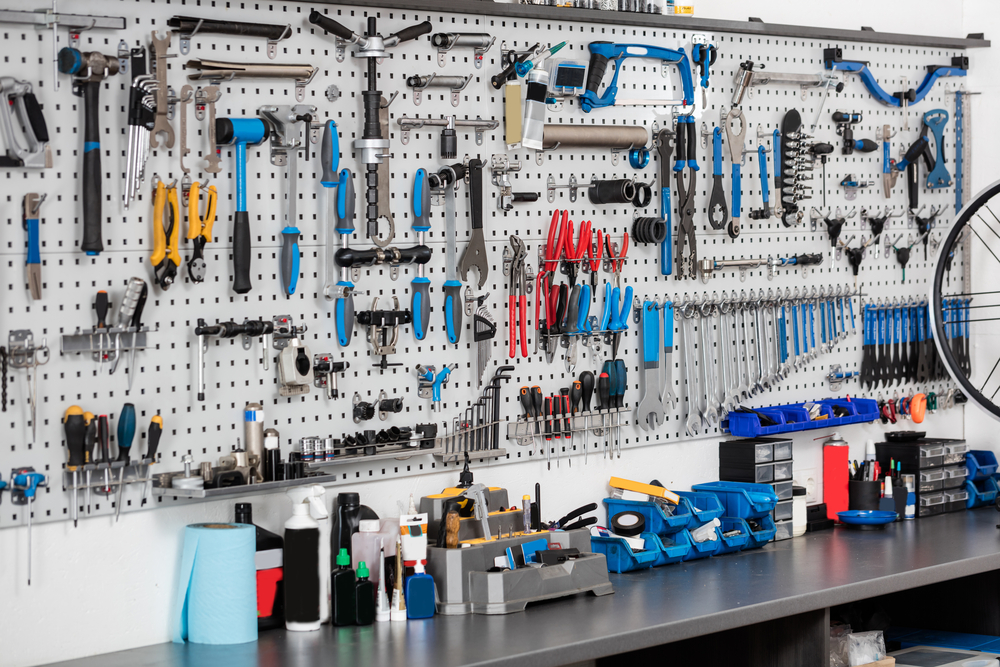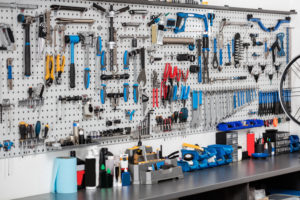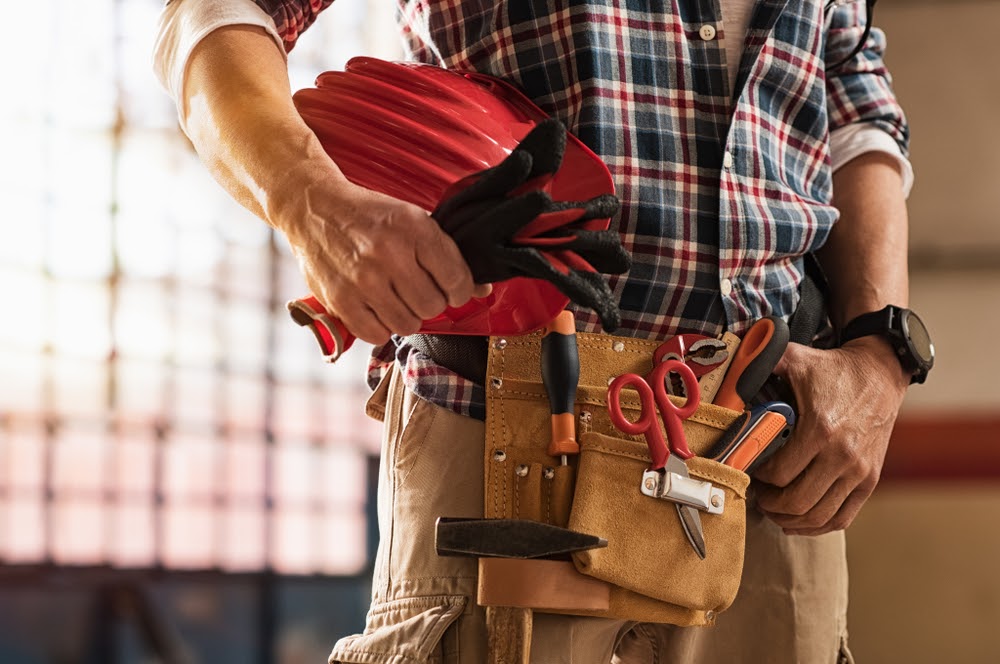The days are getting longer and, albeit slowly, warmer. It’s the perfect time of year to bust out your 10-step spring home maintenance checklist, take stock of winter’s damage, and prepare for the hot, sunny days of summer. If you run into any roadblocks, Nuzum Building Supply has you covered for all your spring home maintenance tools, supplies, and contractors.
1. Check and Repair Walkways, Paths, Patios, and your Driveway
Winter’s relentless freeze and thaw is rough on your home’s hardscaping. Walk your property and assess for cracks or other damage to these hardscape features. Pavers and asphalt can be replaced or patched, but concrete may require professional help. Fixing these issues right away will save you from costly repairs or replacements in the future.
2. Clean and Inspect Screen Doors and Windows
Your windows should fill your home with light and breezy warmth, not bugs and debris. Clean your windows inside and out without using vinegar or ammonia products on the outside which may degrade the siding on your home. While cleaning, inspect screens for holes and either patch, rescreen or replace them.
3. Examine and Clean Your Gutters and Roof
Your roof and gutters take the brunt of winter storms. Remove any leaves, debris, or other blockages from your gutters. Check for holes, leaks, disconnections, or any locations where the gutter is pulling away from the house.
Assess your roof for winter damage or uneven wear. Remove any leaves or debris from the roof that can cause leaks. Check for damaged or missing shingles. If you notice any part of your roof that needs attention, contact Nuzum Building Supply to connect with a qualified roofing contractor.
4. Refresh Exterior Paint and Stain
Your deck and other outdoor wood elements also suffer from the cold winter weather. Spring is the perfect time to power wash and stain, repaint or reseal your deck, furniture, fence, pergolas, trellises, and any other outdoor wood (i.e. your shed or wood siding). For color ideas, check out Valspar and come on into Nuzum Building Supply for all your painting and staining supply needs.
5. Service the Air Conditioner
Once again, the milder temperatures that accompany spring make it an ideal time to inspect, clean, and service your AC. Outside you can hose down your unit and ensure all debris is cleared away from it. This is an ideal time to change your HVAC filter depending on routine maintenance instructions. Spring is also a great time to have a professional inspect and test your unit. Ensuring your HVAC system is in working order and ready to take on soaring summer heat will save you money and prevent last-minute emergency service requests when it is 90+ degrees outside.
6. Prep and Check Outdoor Irrigation
Without the threat of the freeze and thaw, spring means you can now safely reconnect your outdoor water sources. Inspect, repair, or replace any cracked or leaking spigots and hoses. Additionally, run your irrigation system to ensure all sprinkler heads and emitters are functioning properly. Adust the heads that are spraying in the wrong direction or replace any broken heads. Determining that your irrigation system is in proper working order will save you money on your water bill while also protecting a precious resource.
7. Install and Update Ceiling Fans
Spring is the perfect time to install and update ceiling fans which, when operated correctly, are more cost-effective than cranking the thermostat down. Ceiling fans redistribute cold air in the room by producing a downdraft causing a wind-chill effect so the air temperature feels cooler than it actually is. To change the direction of your fan, simply flip the small switch on the base. In the summertime, your fans should spin counterclockwise.
8. Inspect and Repair Mailbox
Your mailbox can also take a winter beating from either snow piles built up around it by snow removal or physical damage from the unscrupulous plow. Each spring you should check to be certain your mailbox is sturdy and can still remain upright on its own. The door should open easily and close securely. If your mailbox is beyond repair, either build or install a new one.
9. Check Outdoor Lighting
With the weather trending warmer, it is now safe and comfortable to spend time outside again. This is the time of year to inspect your outdoor lighting fixtures and make updates or repairs as needed. Pay special attention to your high-traffic areas to ensure your family and friends can safely enter your home after dark. Replace any solar fixtures that can no longer hold a charge and replace bulbs that burned out over the winter. Consider additional lighting for paths, walkways, and entryways, especially steps and dropoffs. Replacing old outdoor fixtures on the front of your home can refresh and enhance your curb appeal.
10. Revive Your Landscaping
Springtime means plants are waking up from the cold, wet winter. This is the perfect time to prune most plants (check to be sure it can be pruned in spring – some plants like lilacs and hydrangeas produce flowers on last season’s growth and should therefore not be pruned until after they bloom). Spring is also the perfect time for planting, fertilizing, mulching, and dividing perennials. Keep an eye on the forecast for the daily low temperatures and late spring frosts. Try to avoid planting until this cold weather has passed. If you have already planted, cover new plants with a sheet until the freezing temperatures depart.
Spring is a season of joy for surviving another winter and rebirth as the landscape rejuvenates, marking another warmer season of growth and outdoor living. By following our 10-step spring home maintenance checklist, you can ensure that your home and yard are completely ready for summertime and more time spent outdoors with family and friends. If you find yourself overwhelmed by any of the spring maintenance projects on your list, do not hesitate to contact us at Nuzum Building Supply for help with ideas, recommendations, supplies, and qualified contractors.


